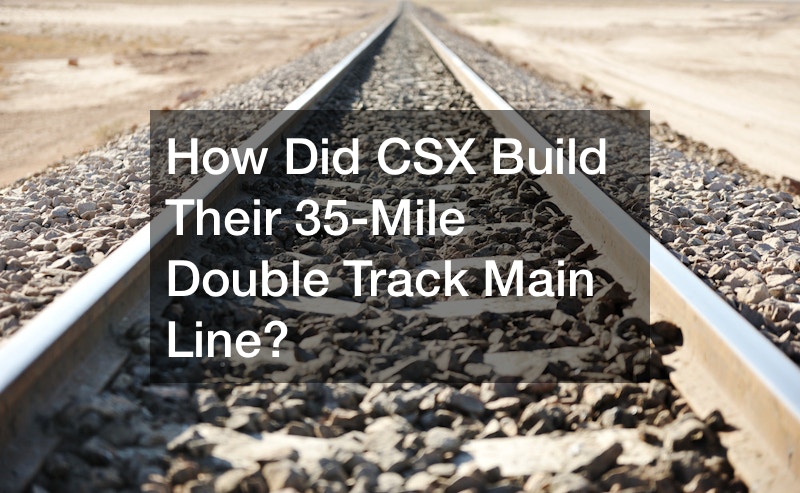How Did CSX Build Their 35-Mile Double Track Main Line?
Chessie System and Seabord System merged to create CSX Railroadery, a renowned railroad company, in 1980. Today, CSX is a powerhouse in its industry. Since its inception, the railroad giant has taken on various projects to enhance and enlarge its rail infrastructure. The YouTube video “How CSX Built a 35-mile Double Track Main Line Using […]
